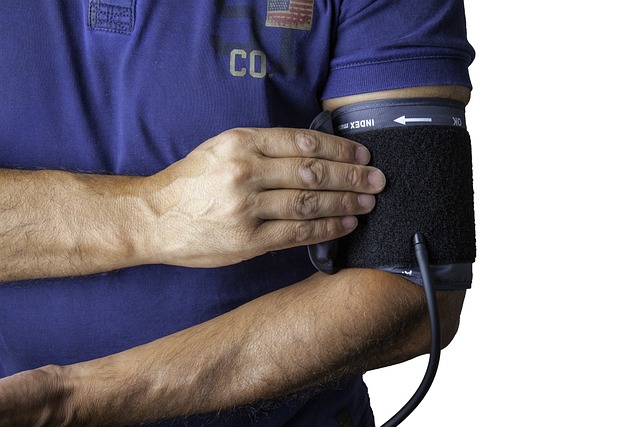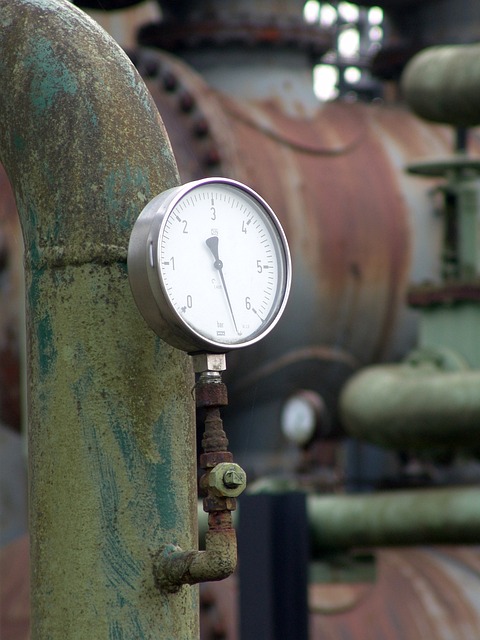Low water pressure in homes commonly results from various issues, including leaks, corroded pipes, sediment buildup, faulty valves, or insufficient water supply. Regular inspections for moisture, damage, and maintenance practices like flushing heaters and installing filters are key to preventing these causes. Addressing problems proactively—such as repairing leaks, treating sediment buildup, and ensuring proper valve function—maintains consistent, strong water flow, conserves resources, and saves on plumbing bills.
Are you experiencing low water pressure at home? This common issue can stem from various causes, ranging from leaks and sediment buildup to faulty regulators or inadequate supply. Understanding these root causes is crucial for effective fixes and future prevention. In this article, we’ll explore seven common reasons behind low water pressure and provide practical solutions and maintenance tips to restore optimal pressure and ensure a steady flow of water in your home.
- Identifying Common Issues Leading to Low Water Pressure
- – Leaks in pipes and fittings
- – Sediment buildup in water heaters and pipes
Identifying Common Issues Leading to Low Water Pressure

Low water pressure can be a frustrating issue, but identifying the root cause is often the first step in fixing it. Several common factors contribute to this problem, and understanding them can help homeowners navigate potential fixes. From leaks and corroded pipes to issues with the water heater or main supply valve, these problems may go unnoticed until the pressure drops significantly. Regularly checking for any signs of moisture or damage and promptly addressing them can prevent minor issues from becoming major headaches.
In many cases, low water pressure is an indication of a larger issue within the plumbing system. For instance, mineral buildup in pipes, faulty pressure regulator valves, or inadequate water supply from the main source can all lead to reduced pressure at taps and fixtures. Identifying the specific cause requires careful observation and, if necessary, professional assistance. By understanding these common causes of low water pressure, homeowners can take proactive steps to maintain a consistent and strong flow in their homes.
– Leaks in pipes and fittings

Leaky pipes and fittings are one of the most common causes of low water pressure in homes. Over time, even tiny leaks can significantly reduce water flow, as a substantial amount of water is wasted. These leaks can occur due to worn-out gaskets, corroded pipes, or loose connections. Regularly inspecting your plumbing system for any signs of leaks and promptly fixing them can help maintain optimal water pressure.
If you suspect leaks in your pipes, it’s advisable to call a professional plumber. They can identify problem areas and offer effective solutions to prevent further water waste and restore your water pressure to its full potential. By addressing these issues, homeowners can ensure their plumbing systems are running efficiently, saving money on water bills and reducing the environmental impact.
– Sediment buildup in water heaters and pipes

Sediment buildup is one of the most common causes of low water pressure in homes. Over time, minerals and metal particles can accumulate in water heaters and pipes, creating a layer of residue that restricts water flow. This buildup can occur in both hot and cold water lines, leading to a reduction in pressure throughout your plumbing system. Regular maintenance, such as flushing your water heater and installing water softeners or filters, can help prevent sediment from accumulating.
When sediment blocks the pathways through which water flows, it disrupts the normal pressure balance. As a result, even simple tasks like taking a shower or running an appliance can experience lower than expected water pressure. Addressing this issue promptly is crucial to avoid further damage to your plumbing and ensure your home’s water supply functions optimally.
Low water pressure can be a frustrating issue, but understanding the common causes—such as leaks, sediment buildup, or faulty pressure regulators—is the first step to resolving it. By identifying and addressing these problems, you can restore optimal water flow throughout your home. Regular maintenance, including flushing out heaters and checking for leaks, is key to preventing future pressure drops. With a bit of knowledge and effort, you can tackle these issues and enjoy consistent, strong water pressure again.
